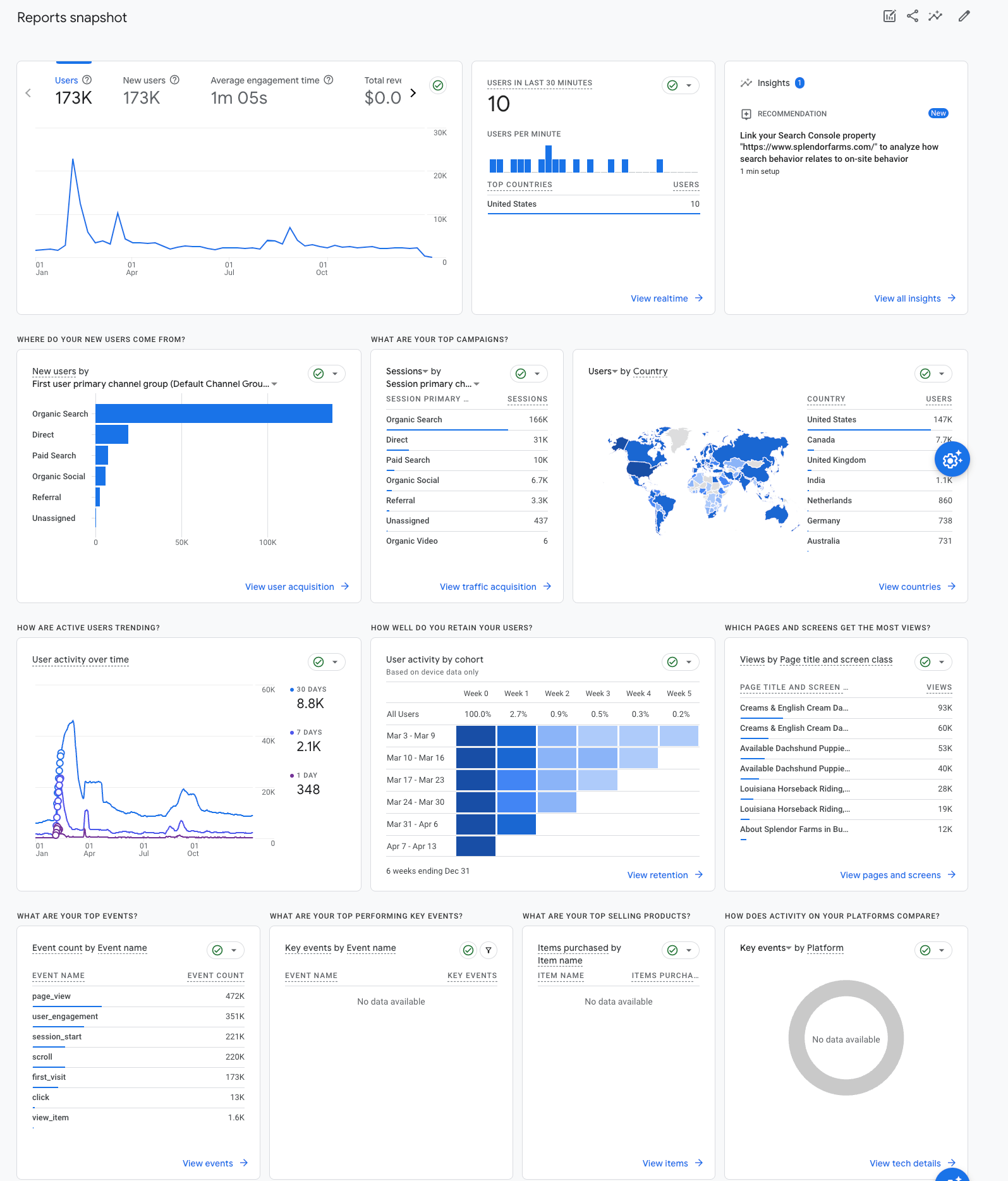Cybersecurity Measures to Protect Your Website from Hackers

In today's digital age, the threat of cyber attacks looms large for businesses of all sizes. Small businesses, in particular, are vulnerable targets for hackers seeking to exploit weaknesses in their online defenses. Therefore, it's imperative for every business owner to prioritize cybersecurity measures to safeguard their website from potential breaches. Here are some essential strategies to fortify your digital fortress:
-
Implement Strong Password Policies: Strengthen your website's defenses by enforcing robust password policies. Encourage employees to use complex passwords comprising a mix of letters, numbers, and special characters. Additionally, consider implementing multi-factor authentication to add an extra layer of security.
-
Keep Software Updated: Regularly update your website's software, including content management systems (CMS), plugins, and themes. Outdated software is a common entry point for hackers, as they exploit vulnerabilities to gain unauthorized access. By staying vigilant and promptly installing updates, you can patch potential security flaws and reduce the risk of exploitation.
-
Secure Your Domain: Protect your domain name from unauthorized access by partnering with reputable registrars like www.namecheap.com. Utilize features such as domain vaulting and premium DNS protection to safeguard against DNS hijacking and distributed denial-of-service (DDoS) attacks.
-
Encrypt Communication Channels: Ensure secure communication channels by encrypting data transmitted between your website and users. Install SSL/TLS certificates to enable HTTPS encryption, which safeguards sensitive information such as login credentials, payment details, and personal data from interception by malicious actors.
-
Backup Regularly: Implement a robust backup strategy to safeguard your website's data against ransomware attacks and data breaches. Regularly backup your website's files and databases, storing copies on secure offsite servers or cloud-based platforms. In the event of a cyber attack or data loss, backups enable you to restore your website quickly and minimize downtime.
-
Educate Employees: Invest in cybersecurity training for your employees to raise awareness about common threats and best practices for safeguarding sensitive information. Teach them to recognize phishing attempts, avoid clicking on suspicious links or attachments, and follow proper protocols for handling confidential data.
-
Monitor and Detect Anomalies: Deploy intrusion detection and prevention systems (IDPS) to monitor network traffic and detect suspicious activities or unauthorized access attempts. Implement real-time alerts to notify administrators of potential security breaches, enabling prompt response and mitigation efforts.
-
Develop an Incident Response Plan: Prepare for the worst-case scenario by developing a comprehensive incident response plan. Define roles and responsibilities, establish communication channels, and outline procedures for containing and mitigating security incidents. Regularly test and update your incident response plan to ensure its effectiveness in the event of a cyber attack.
By adopting a proactive approach to cybersecurity and implementing these essential measures, you can fortify your website's defenses against hackers and mitigate the risk of costly data breaches. Remember, cybersecurity is an ongoing process, requiring continuous vigilance and adaptation to evolving threats. Stay informed, stay vigilant, and stay secure. Your digital fortress depends on it.






